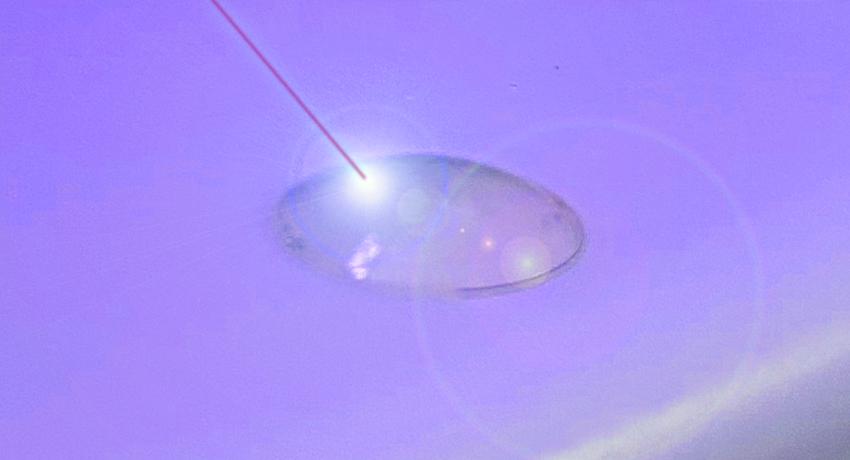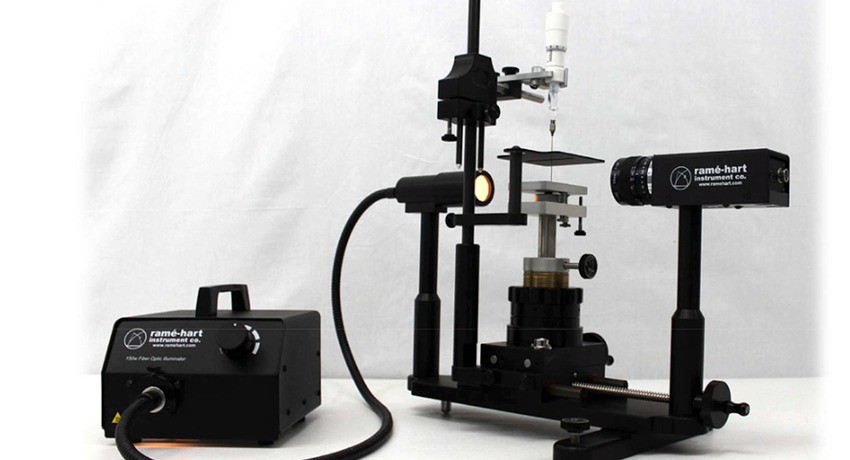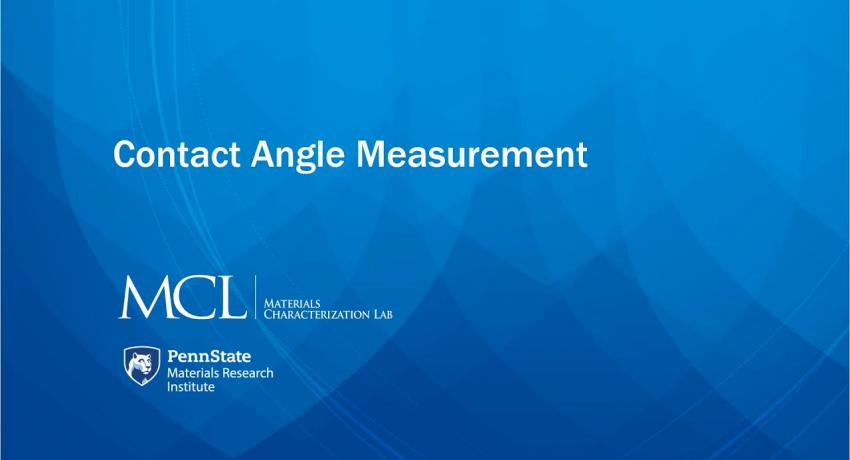The contact angle is the angle formed when a drop of liquid meets a solid surface. It is used to characterize the wetting properties of surfaces by using the Young equation. When the contact angle of a drop in a surface is over 90° the surface is referred as hydrophobic, which refers to poor wetting. When the angle is below 90° the surface is referred as hydrophilic. Contact angle is often used to measure cleanliness, roughness, absorption, surface heterogeneity, among other properties.
Model 260 includes our DROPimage Advanced software which adds a methods-based experiment design tool that is optimized for dynamic and time-dependent studies. This model is upgraded to the Advanced 3-axis stage. This allows for support of additional accessories – most notably the Environmental Chamber 100-07.
- Advanced 3-axis Stage with fine and coarse vertical adjustment and modular leveling stage for supporting the Environmental Chamber and other modular options.
- Automated Tilting Base, which is ideal for measuring advancing and receding contact angle.
- Automated Dispensing System, for dynamic studies and adds precision to the formation of pendant and sessile drops.
- DROPimage Advanced software for handling a wide range of methods-based interfacial analysis tools using pendant, inverted pendant, sessile, and captive bubble.
- Resolution of 0.01°.
- Sample size 3 in (76mm) deep x unlimited.
- Accuracy +/-0.10°.
- Stage size 2 x 3 in (51 x 76mm).
The applications of contact angle are extensive, some of them are: Polymers and Plastic, Semiconductors, Nanotechnology, Insecticides, Oil and Petroleum, Mining, Chemicals, Adhesives, Textile and Fibers
Automated Goniometer/ Tensiometer with Environmental Chamber Support (ramé-hart Model 295)
This system is suitable for contact angle, surface energy, surface tension, interfacial tension, wetting, roughness, absorption, spreading, cleanliness, surface heterogeneity and characterization applications. The incorporation of the Environmental Chamber allows working at elevated temperatures.



